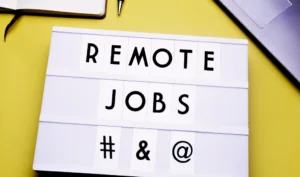
Practical Tips for Remote Recruiting Success
In traditional work settings, attracting the right talent at the right time through onsite recruitment is challenging enough. But now with the rise of remote

In traditional work settings, attracting the right talent at the right time through onsite recruitment is challenging enough. But now with the rise of remote

In recent years, we’ve seen an explosion in new and improved digital tools for HR and work activities. But with the landscape changing so rapidly,

Every day, businesses contend with all sorts of threats. Like it or not, these risks have become a fact of organizational life in the modern

What is ChatGPT? It’s no secret — recruiting professionals are still struggling to find strong candidates for job openings. Competition for top talent remains fierce,

Sponsored by: Fama.io It’s no secret. On a daily basis, recruiters and hiring managers are screening job candidates online by simply entering their names in search

What’s the typical order of your hiring process? The common order is usually something like this: Resume screening Interview Assessment Job offer Your process may
The balance of power is shifting in the employer/employee relationship. What does it mean for the future of work? The #TChat crowd weighs in
Should employers use social media to screen candidates? A good question without a right answer; it’s a gray area both in the law and company
The TalentCulture #TChat Show will be back live on Wednesday, December 10, 2014, from 7-8 pm ET (4-5 pm PT). The #TChat radio portion runs

It’s one thing to say you want top talent — but it’s another thing to make it happen. Here’s a glimpse at one proven method

Behavioral interviewing is all the rage, but many recruiters don’t use this opportunity to its fullest advantage. Try these tips for better results